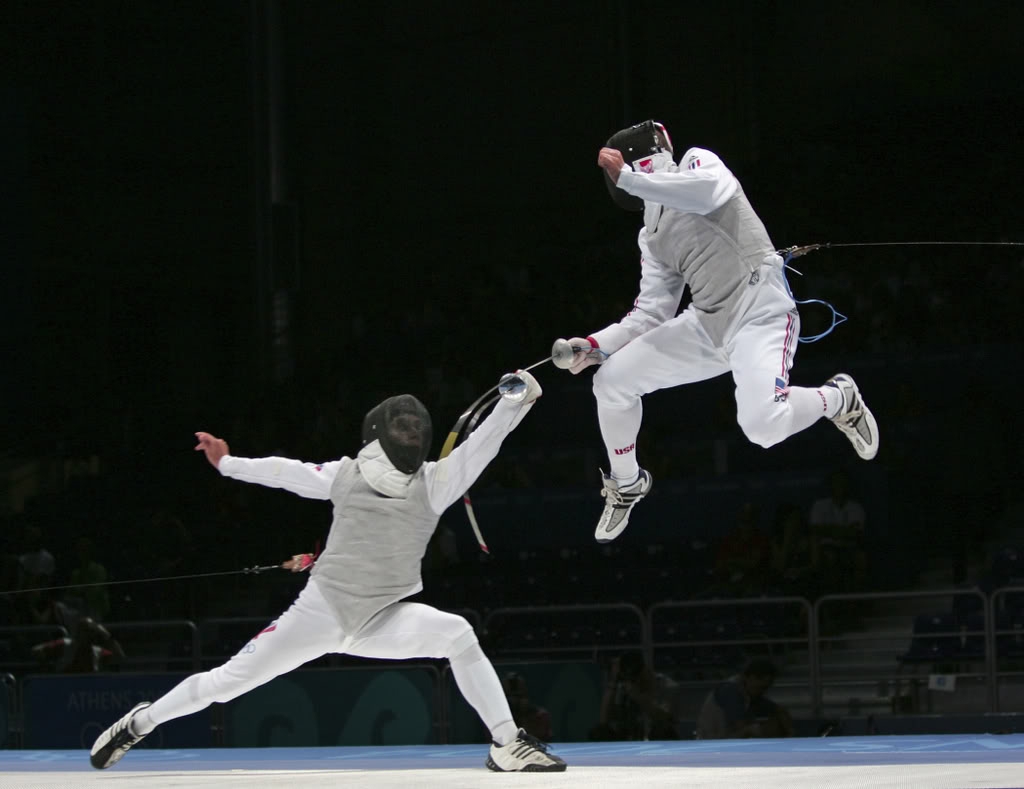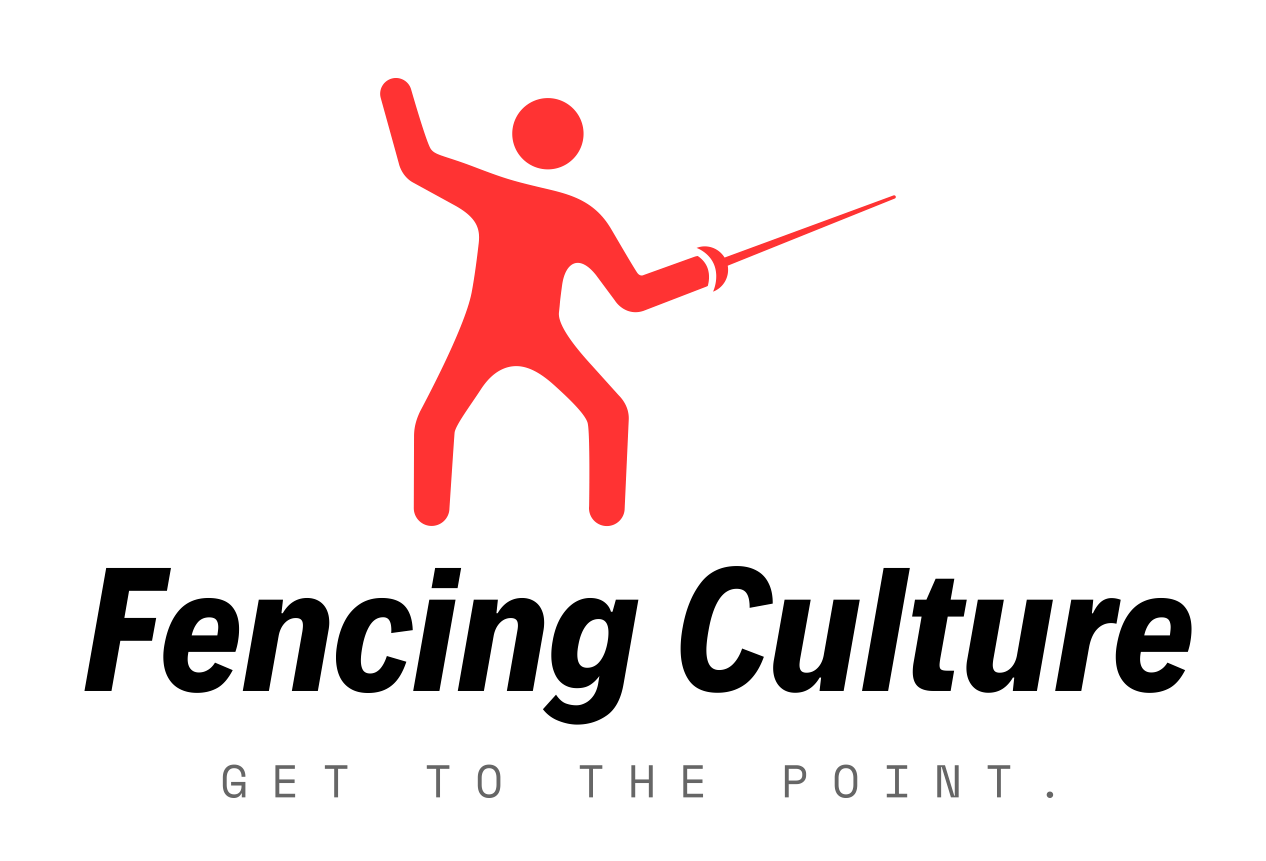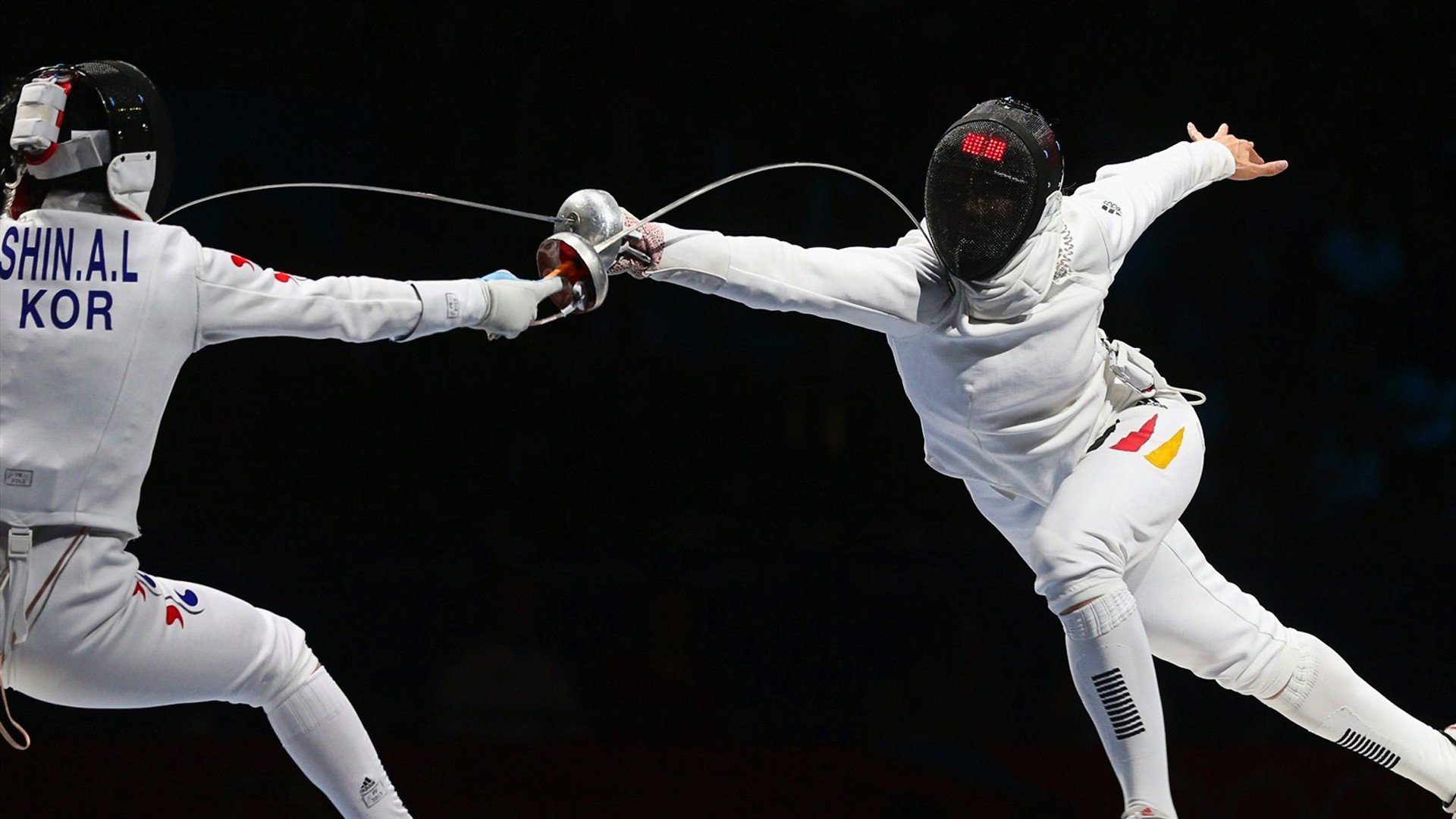
Foil Fencing
The Precision and Strategy of Foil Fencing: A Deep Dive
Often considered the foundation of modern fencing, foil is a discipline that emphasizes precision, technique, and intricate tactical exchanges. While perhaps not as visually aggressive as sabre or as physically demanding as épée, foil fencing captivates with its subtle complexities and the intellectual duel between fencers.
The Weapon and the Target:
The foil is a light, flexible thrusting weapon with a rectangular blade. Crucially, touches must be made with the tip of the blade. The valid target area in foil is the torso (front and back), excluding the arms and head. This focus on the core body requires fencers to develop precise aiming and control of their weapon.
The Importance of Right-of-Way:
A defining characteristic of foil fencing is the convention of right-of-way. This set of rules governs which fencer has priority when both land a touch simultaneously. Generally:
- The attacker who initiates a clear and continuous attack with a straight arm and point threatening the valid target has the initial right-of-way.
- If the attack is parried, the right-of-way transfers to the defender, who then has the opportunity to riposte (counter-attack).
- If both fencers attack simultaneously without a clear initial attack, no point is awarded (in most modern competitions).
Understanding and manipulating right-of-way is paramount in foil. Bouts become intricate dialogues of attacks, parries, and ripostes, where fencers constantly probe for openings and attempt to establish or deny priority.
Key Characteristics of Foil Fencing:
- Emphasis on Technique: Precise blade work, clean parries, and controlled attacks are essential for success in foil.
- Strategic Depth: The right-of-way rule introduces a significant tactical layer, requiring fencers to think several steps ahead and anticipate their opponent’s actions.
- Footwork and Distance Control: Maintaining the optimal distance for attack and defense is crucial, demanding agile and nuanced footwork.
- Mental Acuity: Foil fencing is often described as a mental chess match, requiring focus, discipline, and the ability to adapt strategies quickly.
Why Foil Holds a Special Place:
- The Foundation: Many fencing coaches consider foil the ideal starting point for learning the fundamentals of the sport, including blade control, footwork, and basic tactics.
- The Intellectual Challenge: The intricacies of right-of-way and the need for precise timing and strategy offer a unique mental workout.
- The Elegance of Movement: Despite the intensity, there’s a certain elegance to the controlled movements and precise actions in foil fencing.
- Olympic History: Foil has been a part of the modern Olympic Games since its inception, showcasing the highest level of skill and strategy in the discipline.
From Beginner to Elite:
Whether you’re picking up a foil for the first time or aspiring to Olympic glory, this discipline offers a rewarding journey. It cultivates discipline, improves reflexes, enhances strategic thinking, and provides a fantastic physical workout. The subtle nuances and the mental engagement make foil fencing a truly captivating and enduring sport.
So, while the flash of sabre and the full-body target of épée might grab initial attention, the precision and strategic depth of foil fencing offer a unique and compelling experience for both participants and keen observers. It’s a testament to the art and science of the blade.




